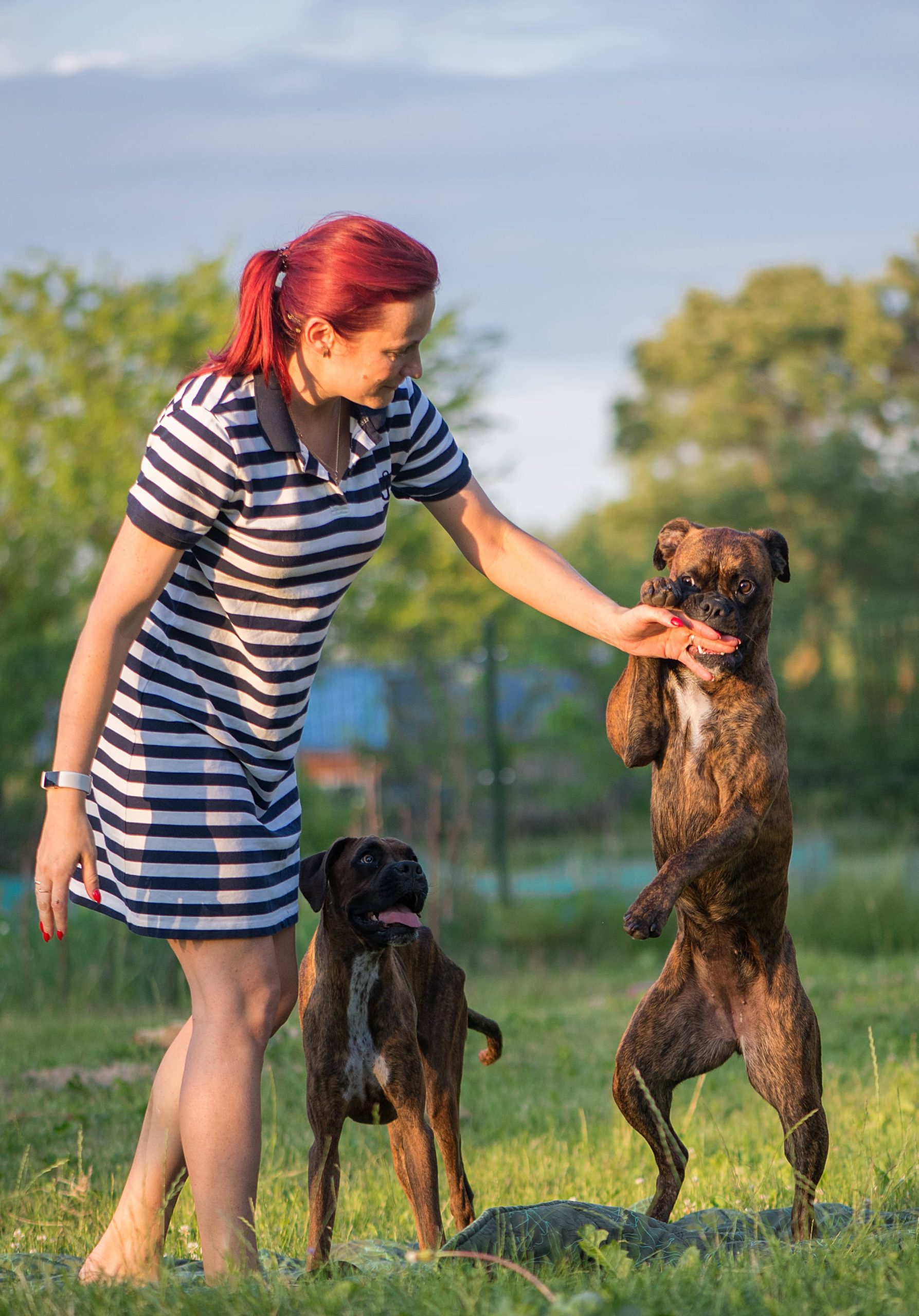
Pets enhance our lives with their companionship, loyalty, and unfiltered love. As pet owners, our main goal is to ensure that our furry, feathered, or scaled friends are happy and healthy. However, since they cannot speak human languages, it’s crucial to learn and understand their body language.
By doing so, we can better respond to their needs and strengthen our bond with them. Whether you have a dog, cat, bird, or another kind of pet, this guide aims to help you interpret the most common behaviors and signals they exhibit.
The Fundamentals of Pet Body Language
Body language encompasses the various physical cues your pet uses to express their emotions and intentions. These cues can involve their posture, ear position, eye movements, tail wagging or shaking, among other movements and behaviors.
Let’s break down body language by pets’ common signals, to aid in understanding what our furry friends are attempting to communicate.
Canine Communication: Dogs
Dogs are incredibly expressive animals, adept at using their bodies to communicate with humans and other dogs. Here’s a look at some key indicators of what your dog might be trying to tell you.
The Tail
– Wagging High and Fast: Your dog is likely excited or happy to see you or another familiar face.
– Low and Slow: This can indicate a cautious or submissive stance, showing they sense potential danger or anxiety.
– Tucked Between Legs: Fear or submission, often combined with other indicators like cowering.
The Ears
– Perked Up: Alert and attentive to stimuli in their environment. Your dog is likely focusing on something specific.
– Flattened: Fear, submission, or impending aggression. It’s a call for comfort or caution.
Posture
– Play Bow: This is a clear invitation to play, where the front legs are stretched out, and the rear end is up.
– Cowering: Tucked tail, hunched posture, and lowered head signal fear or anxiety.
– Lying on Back (Belly Up): This shows trust and submission, your dog feels safe.
Eyes
– Soft Gaze: Indicates comfort and relaxation.
– Whale Eye: This occurs when you can see the whites of your dog’s eyes, indicating fear or aggression.
– Staring: This can be part of a threat or a sign they need something, such as food or attention.
Feline Communication: Cats
Cats can be quite subtle with their signals, and understanding their body language can sometimes be a bit more challenging compared to dogs. Here’s how to decode their behaviors:
The Tail
– Upright with a Slight Curve: Indicates a happy and content cat.
– Twitching or Swishing: This often means irritation or excitement.
– Puffed-Up Tail: Fear or aggression. It’s a way of making themselves appear larger to threats.
The Ears
– Forward and Relaxed: Indicates playfulness or curiosity.
– Flattened Back: Shows fear, aggression, or irritation.
Posture
– Arched Back: Can mean the cat is frightened or in a defensive posture.
– Lying on Back with Belly Exposed: Unlike dogs, this is not always a call for belly rubs but can indicate trust. Approach cautiously to avoid scratches.
Eyes
– Slow Blinking: A sign of trust and affection. Some owners blink back to communicate the sentiment.
– Dilated Pupils: Can indicate excitement, fear, or aggression. Context is critical.
Birds and Their Signals
Birds, including parrots and smaller pet birds, communicate mainly through their feathers and postures.
Feathers
– Feathers Puffing: Keeping warm, but can also be a sign of illness or a defensive posture.
– Spread Tail Feathers: Indicates an attempt to show off or attract attention, possibly mate.
Posture
– Standing on One Leg with Fluffed Feathers: Content and comfortable.
– Crouching and Lifting Wings Slightly: A defensive posture or showing off, depending on context.
Small Mammals: Rabbits, Guinea Pigs, etc.
Smaller mammals have their own ways of expressing their feelings.
Ears
– Upright Ears: Represent curiosity or alertness.
– Flattened Ears: Often a sign of fear or submission.
Body Posture
– Lying Flat: An anxious or stressed animal.
– Standing on Hind Legs: Interest in the environment or monitoring for threats.
Vocalizations
– Teeth Grinding: Can be a sign of contentment in rabbits, but louder grinding could indicate discomfort or pain.
Conclusion: Building a Stronger Bond
Understanding your pet’s body language is about putting together a complete picture—considering vocalizations, physical cues, and the context. With time and observation, you will develop an intuitive sense of what your pet is feeling and needing, enhancing the bond you share.
Ultimately, your ability to accurately read your pet’s body language will pave the way for deeper connections and happier times together, making you an even more thoughtful and attentive pet owner.






